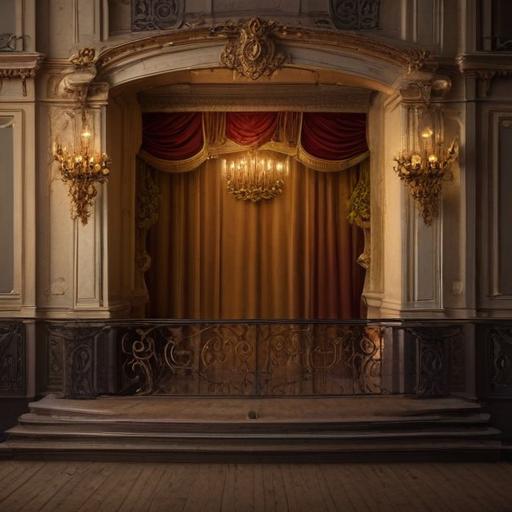Rachel Zegler’s nightly appearance on the balcony of the London Palladium to perform “Don’t Cry for Me, Argentina” from the musical Evita has rapidly become one of the most talked-about events in the West End. With a crowd of around 600 gathering outside the venue to enjoy this unique moment, Zegler’s performance brings a new level of engagement to the theater experience, reaching beyond the traditional confines of the auditorium.
Evita, directed by Jamie Lloyd, began previews recently, and while tickets for the indoor performance range from £25 to £215, the balcony performance is offered for free to those outside. Zegler playfully referred to it as “Eva Perón’s Coachella set,” a nod to the theatrical spectacle before audiences both inside and out.
This innovative approach aligns with Lloyd’s established reputation for unconventional staging. His previous productions have included Tom Holland on the roof for Romeo and Juliet and Jessica Chastain in A Doll’s House, where she ventured out onto the streets of New York. While not every experiment has met with critical acclaim, like last year’s monochrome version of The Tempest, Lloyd has shown a commitment to keeping theater dynamic and surprising.
There’s a delicate balance between clever novelty and mere gimmickry, but Lloyd has long been vocal about the need to keep theater fresh and invigorating, stating that “boring theatre” should be a thing of the past. Additionally, upcoming projects, including a Broadway revival of Beckett’s Waiting for Godot, suggest that he will continue to push creative boundaries.
The excitement surrounding the Evita balcony performance, along with its free accessibility, marks a hopeful and inclusive trend in theater, inviting new audiences to engage with the art form in innovative ways and demonstrating that the magic of live performance can extend well beyond the stage.
The expectation is that this bold approach will inspire further creativity across the theatrical landscape, ensuring that the West End remains a vibrant and essential part of the cultural conversation.
